As Aero-Flite enters its 60th year in aerial firefighting operations, the company has its eye on expansion, increasing an already sizeable airtanker fleet, one of the largest in the US.
Operating seven large RJ85 airtankers, four of the newest model CL415s, and two Dash 8-400AT in 2022, the company has plans to increase its fleet of Dash 8-400 airtankers in response to the increased need throughout the country for additional airtanker support. With fire seasons becoming fire years and the damage left by extreme fires escalating, Aero-Flite looks to fill the need with an airtanker that can respond to a multitude of incidents, operating from bases that are not accessible by large Type 1 or VLAT airtankers, reaching more communities and resources in threat.
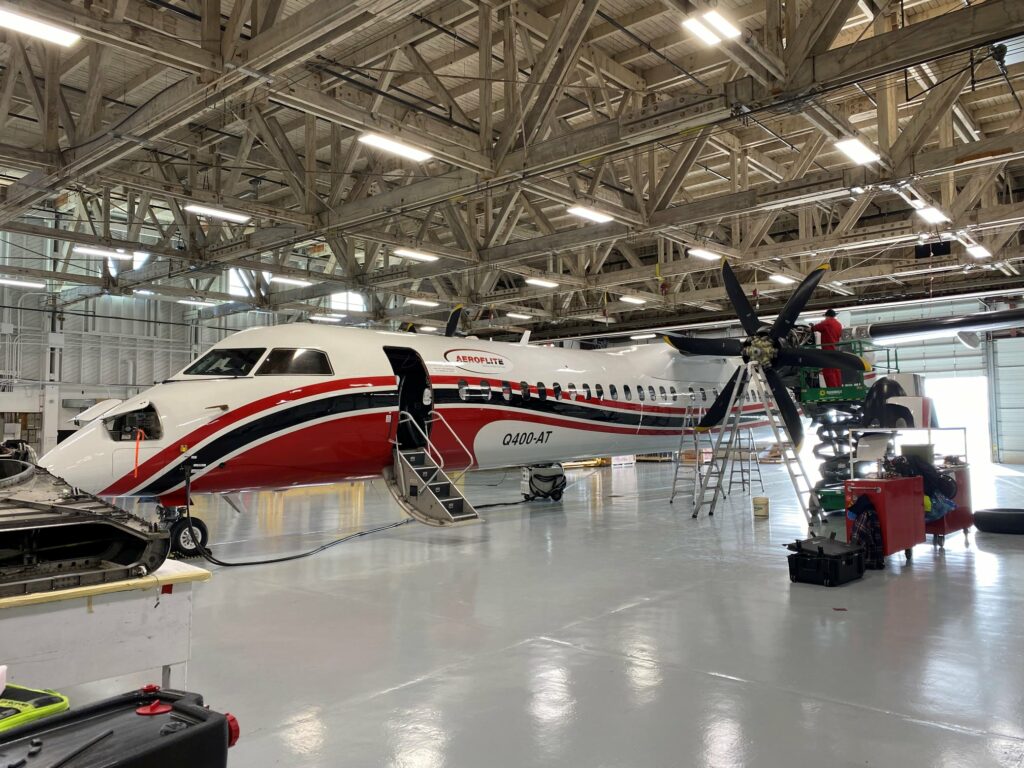
Last year the Dash 8-400AT was introduced to service throughout the United States, but the tanker has been in service for 17 years, first taking flight in France as part of the Sécurité Civile fleet, later replacing their S-2 Firecat fleet. France deploys the Dash 8-400MRE, a multi-role variant of the air tanker-only version, responding to emergencies beyond wildfire, including passenger, cargo, and medevac transport. The platform was so successful, and long-term support from OEM De Havilland so strong, that Conair, the manufacturer of the Dash 8-400 airtanker, decided to use it as the replacement to their retiring fleet of Convair CV580 and Electra airtankers, purchasing 11 Dash 8-400 airliners in 2021 for conversion.
In late 2020 the first Dash 8-400AT deployed to Australia and is now serving a 4-year contract shared between two states, Victoria and Queensland. In 2021 the first Dash operated in Alaska and was shared later in the summer with Washington state through an interagency shared resources agreement based out of the new Olympia tanker base. In 2022 two Dash 8-400AT airtankers replaced retiring Conair CV580 in British Columbia and Alaska, servicing vast swaths of land with diverse geography with jet-like speed, operating from smaller tanker bases with shorter runways.
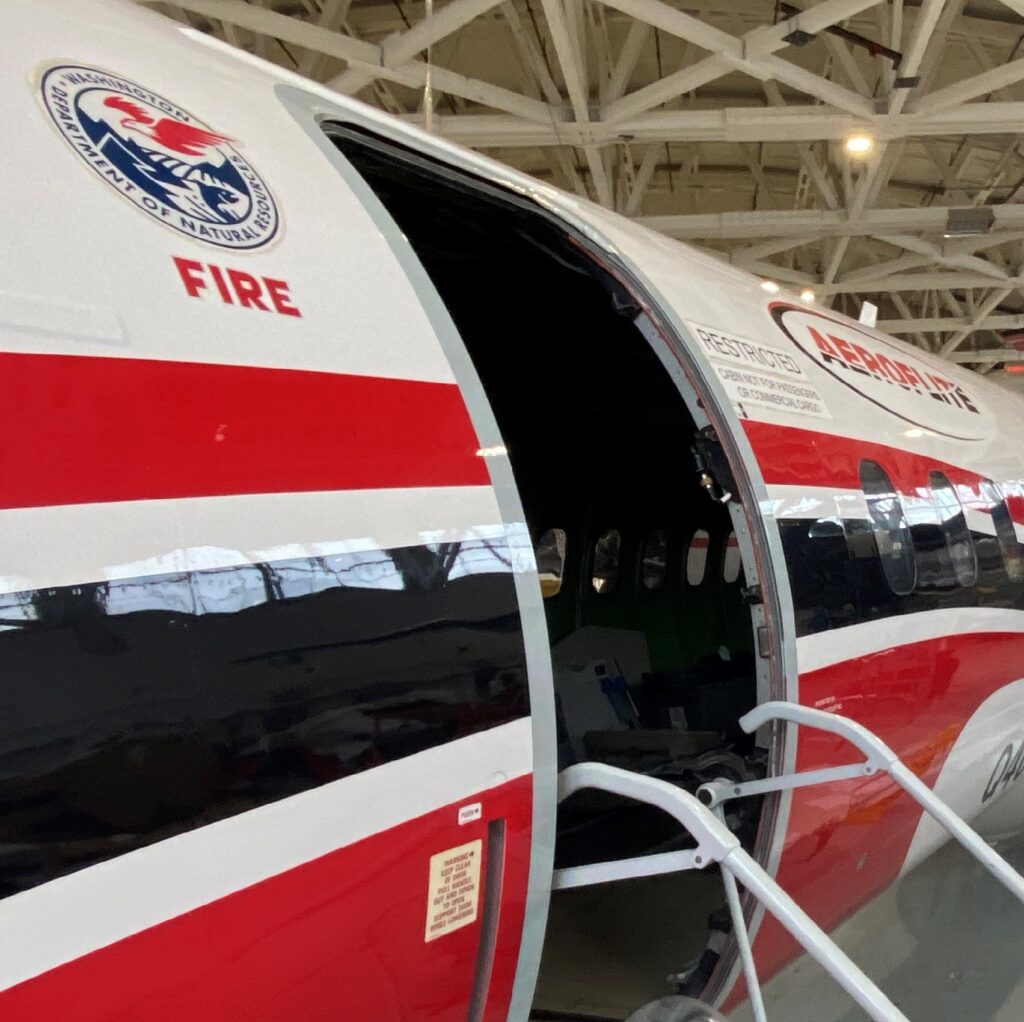 Its efficient and effective performance proved an excellent fit for the regions, and the two Dash 8-400AT airtankers were placed under a long-term 7-year contract with Alaska in 2022. British Columbia will also welcome two new Dash tankers to its fleet in 2023, replacing the remainder of the legacy fleet. Come this year’s fire season, there will be more than 16 Dash 8-400 airtankers operating worldwide, with new airtankers still under conversion. And Aero-Flite plans to be one of the organizations picking up these new airtankers to offer to its agency customers across the US.
Its efficient and effective performance proved an excellent fit for the regions, and the two Dash 8-400AT airtankers were placed under a long-term 7-year contract with Alaska in 2022. British Columbia will also welcome two new Dash tankers to its fleet in 2023, replacing the remainder of the legacy fleet. Come this year’s fire season, there will be more than 16 Dash 8-400 airtankers operating worldwide, with new airtankers still under conversion. And Aero-Flite plans to be one of the organizations picking up these new airtankers to offer to its agency customers across the US.
As the only Type 2 airtanker in the world, the aerial firefighter fills a much-needed gap in the US. Bigger is sometimes better when responding to wildfires. Agile, quick, versatile, and long-lasting, with drops that pack a punch, make the Dash a truly valuable air asset. Type 1 and VLAT airtankers like the DC10, C130, MD87, RJ85, or 737 can’t operate out from small or high airtanker bases, as well as Type 2, limiting their effective operations compared to the Dash. The Dash can reach remote wildfires faster from smaller tanker bases, supporting ground crews working to contain fires threatening rural towns, agricultural land, Indigenous communities, critical infrastructure, and natural resources.
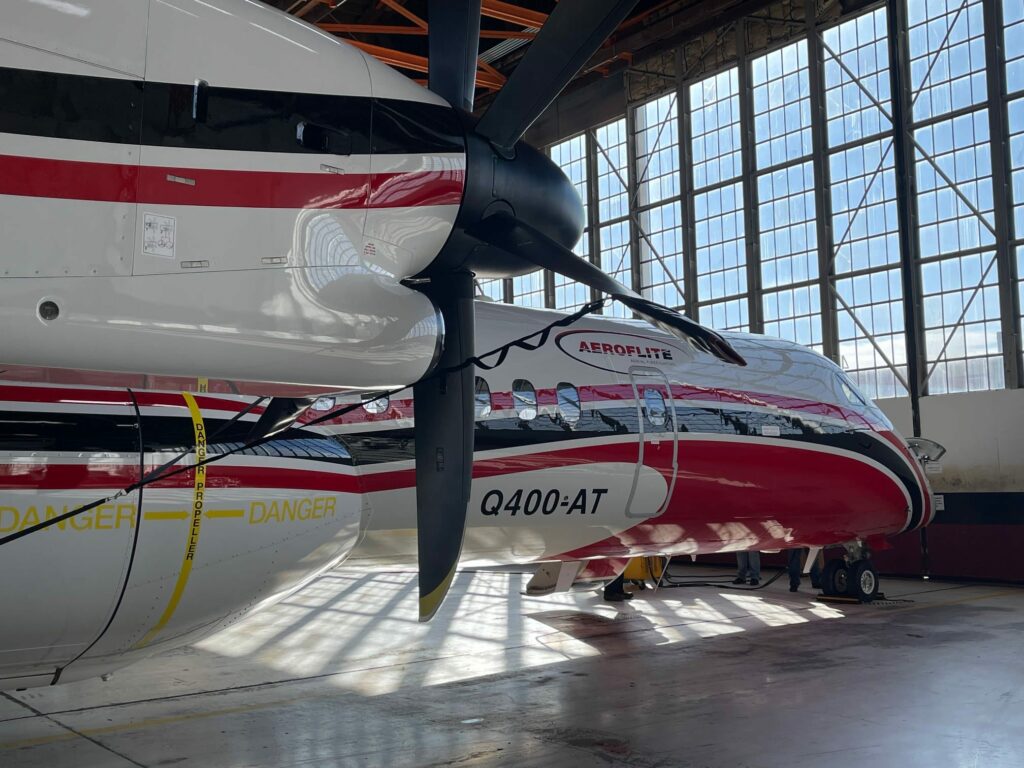
“What the Dash allows with current tanker bases is the ability to minimize downloading. It also opens up capabilities in airports like McCall, ID Reno-Stead, NV, La Grande, OR, and Ramona, CA that some of our current large airtanker fleets are limited in” shares Brock Hindman, Dash 8-400 Chief Pilot at Aero-Flite. “Being able to operate out of smaller airports, the Dash will allow more portable tanker base options across the US for our customers.”
The Dash operates off 5,000′ runways, much shorter airstrips than required by larger airtankers. This capability opens many airfields across the country to missions using more state and mobile tanker base facilities. “The Dash is a very powerful, straight-wing Turbo-Prop powered airframe. This gives our flight crews a tool with good take-off performance, efficiency, and reliability while supporting firefighting operations,” continues Brock. “The stability and maneuverability of the tanker make it an ideal aircraft for missions out of shorter runways.”
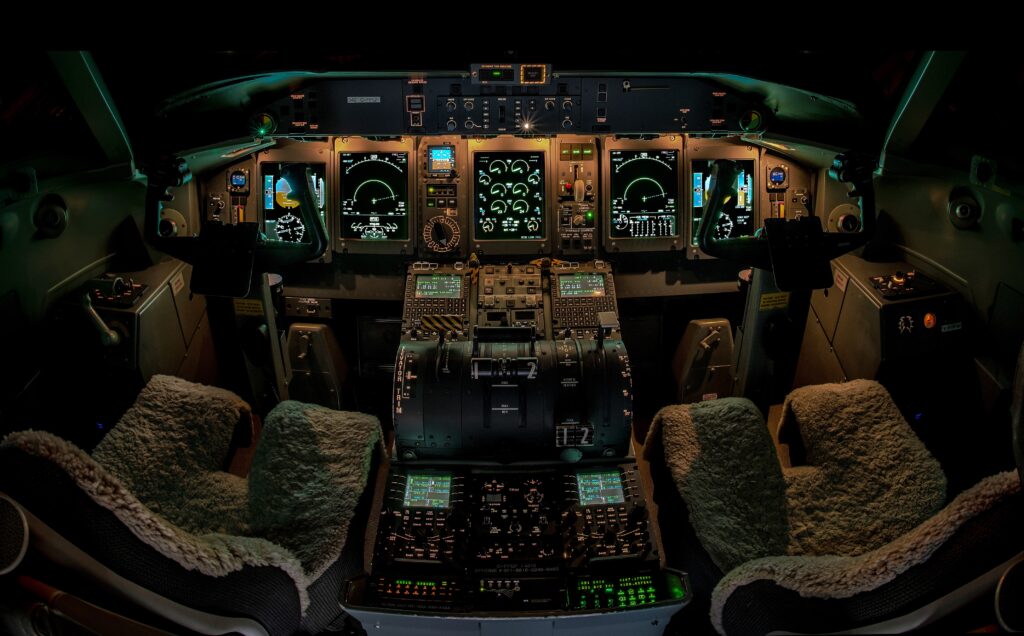
And the Dash can operate at a higher elevation than its larger counterparts, positioning itself in a multitude of locations that currently weren’t accessible to larger airtankers, giving it the ability to respond faster to wildfires in the area. McCall, Idaho, was one of these bases last summer. It was the first time in a few years that a large airtanker had landed at the base, situated 5,000′ above sea level with a 6,100-foot runway. The higher elevation and shorter runway meant that most large airtankers couldn’t operate out of McCall. The Dash 8-400AT took loads of retardant to the Double Creek fire nearby. “As a fire pilot operating in mountainous terrain, I have greater confidence in the Dash over the other large airtankers I have flown. The sheer power and efficiency of the PW150A engines is a wonderful thing. It takes off fast and gets to the fire as fast as our jets,” shares Captain Chris Bingham. “The tanker also burns far less fuel than other large airtankers. In some instances, the tanker can drop more than double the payload for fuel burned than other larger airtankers. This means we can continue more reloads and return the fire before requiring a refueling stop. That’s 2,642 gallons per drop – drop after drop after drop -as we refill from bases closer to the fire than ones nearer large urban centers.”
This accessibility benefits other high-elevation states, including New Mexico, where positioning the Dash at a tanker base like Silver City would help reach nearby wildfires faster. “The Dash positioned at Silver City would minimize transit time to fires in the Gila National Forest. This capability will be helpful for future fires in the region,” shares Brock.
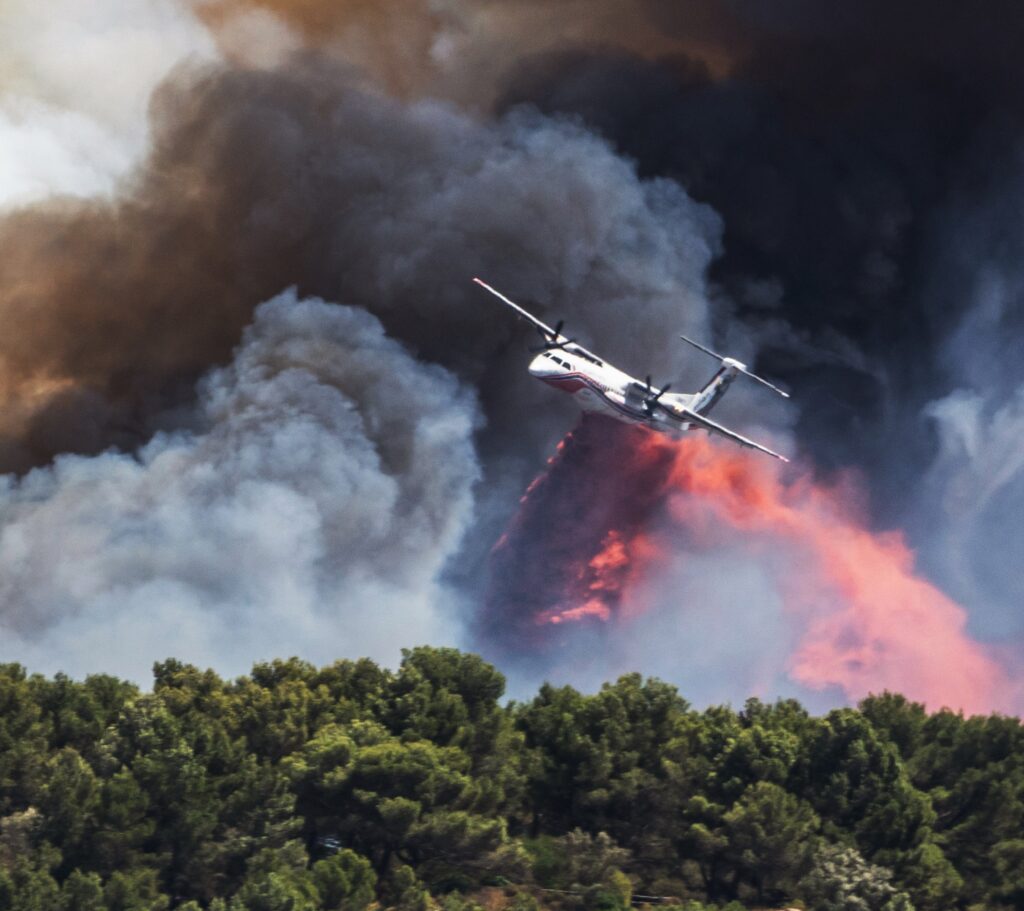 In 2022, the two Dash 8-400 airtankers at Aero-Flite responded to fires in Washington, Alaska, Oregon, and Idaho, operating through a new Washington state 5-year contract. “Washington state’s investment in contracting the Dash 8-400AT airtankers, along with two of our CL415s, ensures the state has resources available when needed. Plus, it offers the ability to share resources when not needed,” says Chris Neimann, General Manager at Aero-Flite. “The Dash 8-400AT can operate out of any state across the US.”
In 2022, the two Dash 8-400 airtankers at Aero-Flite responded to fires in Washington, Alaska, Oregon, and Idaho, operating through a new Washington state 5-year contract. “Washington state’s investment in contracting the Dash 8-400AT airtankers, along with two of our CL415s, ensures the state has resources available when needed. Plus, it offers the ability to share resources when not needed,” says Chris Neimann, General Manager at Aero-Flite. “The Dash 8-400AT can operate out of any state across the US.”
Looking into the future, it is evident climate is changing fire danger, impacting states that previously had little threat of wildfires. Aero-Flite regularly operates its fleet in California, Arizona, Montana, and the northwest states. Still, they are deploying to Texas, New Mexico, and Oklahoma more often, creeping east as fuels dry, droughts persistent, and the wind takes off. It is beneficial for states to look to Washington, California, Alaska, and even countries, including Australia and Canada, as examples of how to contract aerial assets to secure response ability proactively. “There are many ways a large asset such as a Dash 8-400 airtanker could be contracted. There isn’t a one-size-fits-all solution, especially since states are so different regarding geography, populations, seasons, aerial firefighting fleets, and budgets. There are possible solutions that can fit every agency’s needs,” shared Chris.
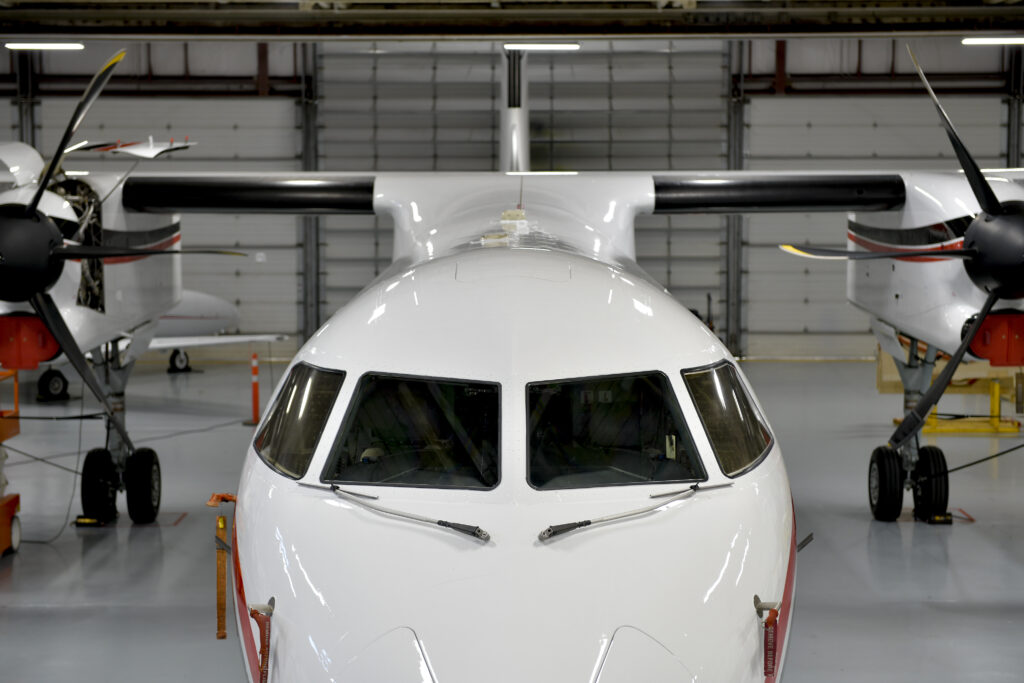
To prepare for its future growth, Aero-Flite is in the process of a hangar expansion, with plans to increase its hangar capacity to nearly 100,000 sq ft allowing the outfit to double its tanker fleet size. Although not confirmed, the likely location of the hangar will be Spokane, Washington, increasing employment in the region from 160 skilled team members to nearly 275 pilots, mechanics, and support staff. “These are high-paying jobs with great benefits and long-term career advancement for employees. The expansion will include training and internship programs that enable us to take someone with no experience and prepare them for the FAA airframe and powerplant exam, allowing them to become licensed aircraft mechanics,” says Chris. “Plus, we have one of the industry’s only part 142 flight training academies. We can “type certify” our pilots in company-owned FAA-certified flight simulators. We are well positioned to grow not only our fleet with new Dash airtankers but also our crews.”
Some things in life are certain. Wildfires will only get worse. With that in mind, Aero-Flite plans to be ready to support all agencies in the US in their fight against wildfires, expanding the Dash’s reach across the country.


